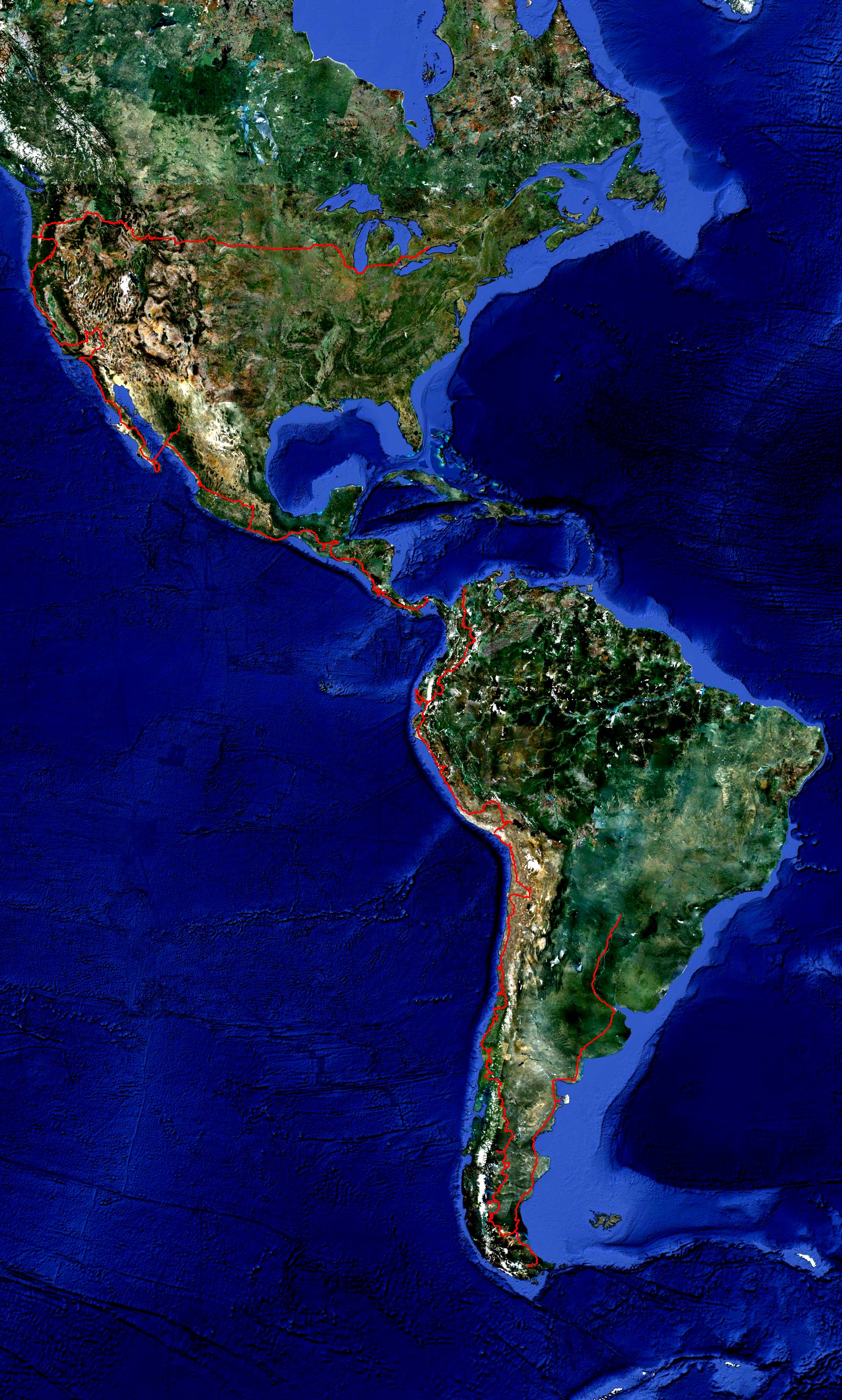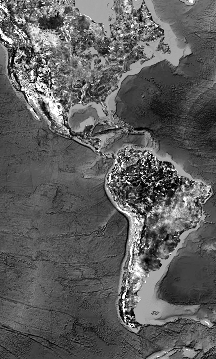It was time to get off the beaches and push ourselves with some mountain expeditions. Huaraz is Peru’s northern mountain adventure base, about 7 hours north of Lima in Cordillera Blanca range of the high Andes. At 3300m, it’s easy to forget that this town is only 70km from the ocean as the crow flies, and is home to the tallest mountain in Peru and the biggest concentration of 6000m peaks outside the Himalayas. Some serious wild roads are required to get you from sea level up to this altitude. And the one we took was under construction – see Highway 14 and 14A below going east from Highway 1 (the Panamerican) to Huaraz.
As you turn in from the arid coastal desert, you first drive across the large flat coastal plain that is mostly sand with the occasional irrigated agricultural project. The Andean peaks on the horizon get closer and closer until the road starts to curve its way between arid foothills.
Some of the valleys in the foothills have irrigated agricultural operations such as orchards, but within a couple hours the road climbs out of the low-land valleys and towns, and passes only isolated houses.
It was quite late in the day, so we were planning on doing only part of the long drive and finding a place to camp for the night along the road. However, it turned out that the road was under construction, and only open to traffic after 6pm daily, meaning driving through at night was our only option, and our timing happened to be perfect.
We pushed on for hours as the pavement first ended, and then the road deteriorated into nothing more than a double-track trail clinging to the edge of high Andean valleys. A donkey trail that had been expanded to accommodate cars.
The going soon got tougher – we had to ford one stream in the middle of the night, and this being rainy season there were plenty of muddy spots on the trail – there was a significant risk we’d get stuck. To make it tougher, we were climbing up towards a 3800m (12 500 feet) pass after having been at sea level that day, having less and less air to breath ourselves and for our Safari’s non-turbocharged engine. For hours we drove on in first gear, light-headed, navigating obstacles on the dirt track at 10-20km/h and continuously climbing.
At one point we reached a construction crew, equipped with a huge backhoe and floodlights who were clearing a huge pile of dirt off the road. As we waited for them to move, the digging caused a mudslide on the cliff above where the crew was working, making even the backhoe driver to get scared and quickly retreat and wait for the hill to settle. Finally he cleared enough of a trail that we were able to drive through which we did quickly and continued climbing.
By around 10:30pm (which is very late by Latin American driving standards – we normally avoid being on the roads after dark) we got into Huaraz after a marathon drive. We arrived in the town and let a nice lady hustle us into a decent hostel. The quick ascent smoked us – the next 40 hours were spent in bed acclimatising, with Kuba and I alternating between feeling healthy and being laid out flat wishing for more oxygen. Kuba managed to gather some intel about hikes on our first day and on the second we bought topo maps and food while carefully recharging our beat-up bodies with energy in preparation for a hike.
Tours tours tours… A guide? No thanks.
We snagged a bus at 7:30am that takes tourists up to trailheads. Map in hand, we weren’t sure what to expect when we got up there. Would there be signage? Would we be able to find the path? How would our bodies handle this? How would we get home?
After negotiations with our driver, we arranged to be picked up the next evening at the trailhead for a small surcharge. The trail turned out to be well established and followed a beautiful valley filled with cows and horses from about 3750m up to 4250m.
Our nature valley bars inflated as the air inside them expanded at the reduced pressure…
Our goal was a glacier-fed lake at the end of the valley, and when we arrived we found a cool spot to watch the ice fall from above. Note the crumbling glacier above the cliff on the other side of the lake.
After a lucky afternoon of great weather, the sky darkened quickly…
We hunkered down for the night and enjoyed a fitful sleep to the sounds of ice chunks raining down across the lake. See if you can spot the new snow that dropped:
The next morning we left the lake and hiked down, spending a lot of the afternoon just hanging out in the valley and reading. Although the high altitude mountains are very beautiful, it must be admitted that it’s cold and there is little air up there, so it’s not exactly the most comfortable hiking and camping trip. Even after two days at 3200m, getting acclimatized to 4200m is once again a challenge for your body; it messes with your stomach, gives you headaches, and the cold bites through your winter gear. And we haven’t even tried to challenge one of those 6000m peaks…










































































































